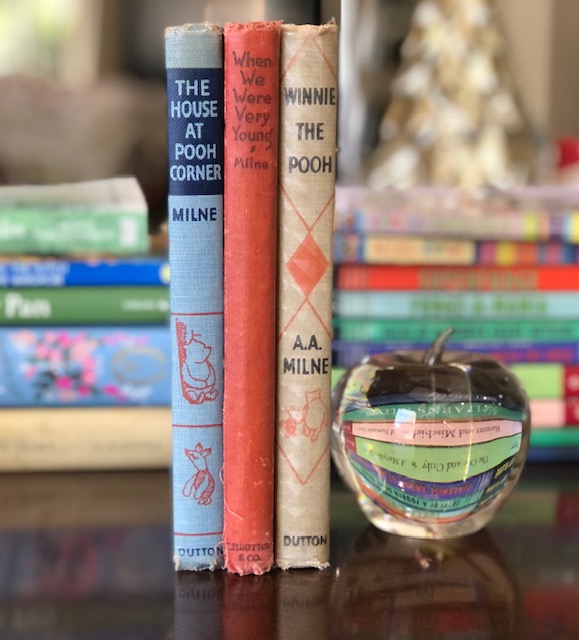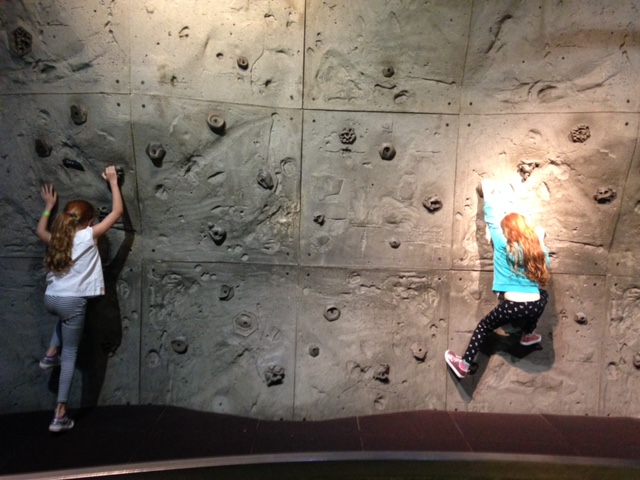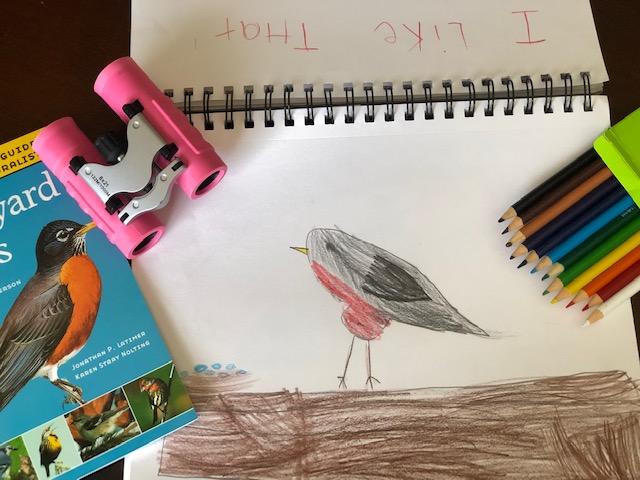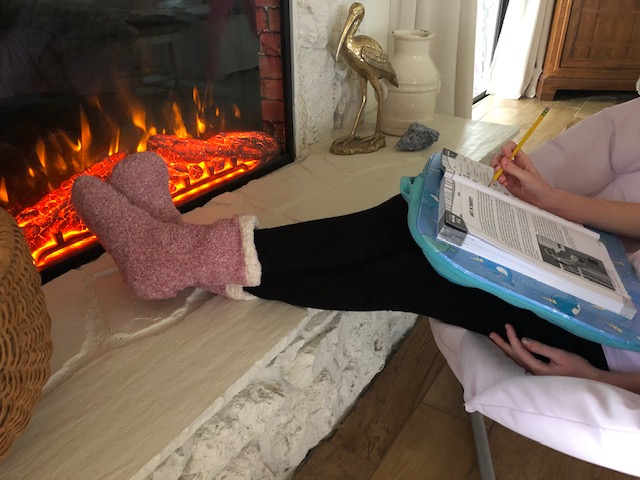Homeschool Kindergarten – Everything You Need to Know
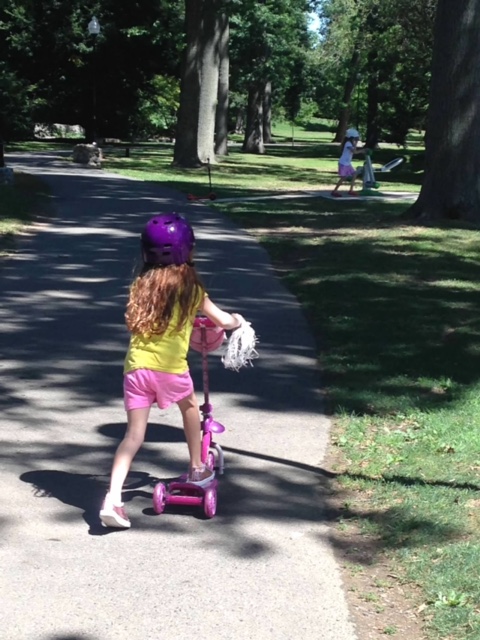
Looking into homeschooling your preschool aged child, and knowing that important first leap into a “formal” schooling – kindergarten – is right around the corner, can be very overwhelming!
There are so many options to homeschool kindergarten that it can be hard to know where to start!
Below I have put together some helpful tips and will suggest some solid curriculum choices to help you gain confidence in knowing YOU CAN DO THIS!
So grab a cup of coffee or tea and let’s get started!
Know your state’s guidelines
Before any of the fun starts with learning how to homeschool kindergarten, you must know what the laws are for your state when it comes to homeschool.
As I mentioned in a previous post on how to get started homeschooling there are a few places to research what is required in your state to be legally homeschooling.
Some states may have no legal guidelines or requirements for kindergarten, but many do. Making sure to know what you need to submit to the local school district or keep track of throughout the year is very important.
This is especially true if this is your first year homeschooling. Just make sure to do your homework and get things legal – then the fun can begin!
Research homeschool styles
Another key step in learning about homeschool kindergarten is to familiarize yourself with the various style of homeschooling. Also, in my how to get started homeschooling post, I explained a few of the most popular homeschool philosophies/styles: Charlotte Mason, Classical, Unschooling, Montessori.
I also want to make clear the idea that you don’t have to fit into any one of these styles.
These are just a starting point to research the educational philosophies and viewpoints which you may or may not align yourself with at all.
I know for instance I do not completely fall into any one style with our family’s style of homeschooling. I enjoy aspects of a few, but we also tend to fall into a more “traditional” style of schooling.
We use curriculum with workbooks and do have set lesson plans, but we do stray from them for a unit study, while also being heavy on classic literature like the Charlotte Mason style.
As I have said time and time again, find what you like, what your kids like, what works best for your days.
When comes to homeschool kindergarten, read, read and read some more!
Probably the biggest piece of advice I can give with starting to homeschool kindergarten is to simply read! Read to your child as much as possible.
The benefits of reading aloud, as I wrote about in this post on the best homeschool reading curriculum, are so important for building a love of reading in your children.
Encourage them to read on their own while you cook, or get some work done, etc.
Even if they aren’t fluent readers yet encouraging them to “read,” looking at books, making up their own stories and seeing the words that they may recognize at this stage, will help them become more comfortable when actual reading does begin.
Cover the basics
By the basics, I mean the basic fundamentals with ensuring a successful homeschool kindergarten experience. Pre-reading/reading, phonics, math and handwriting are what I consider to be the basics.
Establishing a foundation for these subjects at this age is important for future grades, but the approach to learning them can be and should be softer than with other grades.
Kindergarten is all about setting your kids up for a love of learning. Approaching their work with this intention is really good to remind yourself of on days that you may feel frustrated or on days that your child isn’t learning at the speed of what you think they “should be” at that point.
Switching things up (we do this with seasonal schooling) when you or your child seems to be losing interest or it starts to feel monotonous is really important at this age. Preventing burn out and keeping it fresh will guarantee a child who wants to do school work each day!
Keep it light and fun with unit studies on their interests, while covering the basics.
Study apples in the fall – there are plenty of ideas online through Teachers Pay Teachers or Pinterest or pumpkins around Halloween and Thanksgiving.
This is such a fun stage of learning and exploring your child’s interests is very easy to incorporate into their basic subjects.
Beyond the basics
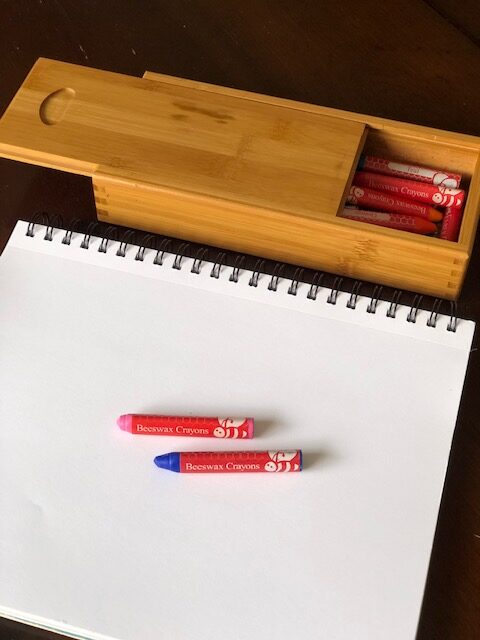
Once you have the core subjects figured out for your homeschool kindergarten, the others tend to fall into place a bit easier.
By others I mean science, art, geography, history etc. These are most definitely important subjects to cover, but how you approach them is different than with older children.
Realizing that a lot of learning at this stage is through play and hands-on experience helps you to take pressure off your “curriculum choices.”
If you are homeschooling multiple ages a lot of these subjects can be made to fit even those as young as kindergarten.
Studying a region of the country or world in geography? Your kinder child can color a map you’ve printed to follow along.
If it’s an art lesson on let’s say Monet, there are many simple project ideas for younger kids on Pinterest or available on craft websites like this one.
The point is you can make it fun for your littles, who have a lessened workload than an older child, while they are learning alongside older siblings.
If you are only homeschooling a kindergartener or, if they are your oldest, using unit studies like I mentioned in the section above, is a great idea for science, art etc.
Progress not perfection
Remember this phrase when it comes to homeschool kindergarten – “progress not perfection.” Actually, this applies to a lot of life & parenting!
You want your child to succeed in life and school, be a great reader, learn their number facts, be kind and compassionate while learning to share.
Focusing on perfecting each of those things, or whatever it is you want your child to do well with, can easily make you lose sight of the main goal – PROGRESS.
Not what is learned, or by what point, but that there IS learning happening is the best thing to remember when evaluating your child.
Small steps lead to bigger steps.
The small steps tend to not be as recognized as much as the big steps, but they are perhaps the most important.
Try to look for progress, maybe keep a binder of any paperwork/workbook pages so you and you child can flip back and see how far they have come.
Or record your little one reading every month or so to see and hear the progress.
Homeschool kindergarten curriculum choices
Some parents choose to purchase a homeschool kindergarten curriculum that’s an all-in-one style, while others, like myself, like to cherry-pick, or piece it all together.
Whichever way you choose to go, remember to choose what appeals to you, and if it’s not working, it’s ok to stop and take a break or change curriculum altogether.
Do what’s best for you and your kids!
Here’s what we have used & worked well for our family when it comes to a homeschool kindergarten curriculum:
Phonics
Abeka Letters and Sounds K5. This is a fun, colorful workbook to help your child learn the phonics basics. The approach is easy for kids to grasp, while still creating a strong phonics base helping the learning to read process.
Reading
We love, love, love All About Reading in our homeschool! It’s a fun, interactive, hands-on way to help your child learn to love to read. My kids love the readers that go along with each level so much they read them again and again. I started with the Pre-Reading level which was a perfect way to introduce and strengthen early reading skills. In my post Best Homeschool Reading Curriculum I delve more into why we love it.
Math
Horizons math has been our go to math curriculum for years now, starting with kindergarten. The approach is a spiral or repetition and review approach, until the subject is mastered and becomes second nature.
This appealed to me very much, even when looking into math for homeschool kindergarten.
The idea that a lot of what is taught in schools today is taught solely to pass the test, then not touched upon again, has never set well with me.
I love the style of learning with Horizons. The workbooks are colorful and there are a lot of options to use manipulatives which make it a great combination of a traditional & hands-on style of learning.
There are readiness evaluation tests available here to see if this would be a good fit for your child.
Handwriting
Handwriting Without Tears has been our go to for all handwriting, from beginning lettering and writing in kindergarten to learning cursive in later grades. Simple, easy to follow and fun for kids. My kids have loved these books!
Play & fun
Aside from all of my suggestions the most important aspects of learning at this age are play & fun! Make sure to read aloud often, explore your backyard or neighborhood park, ask your kids what they want to learn about, and learn it!
So much of learning is done while not seated doing workbook work, especially when it comes to homeschool kindergarten.
Embrace it and have fun & learn along with your kiddos!


